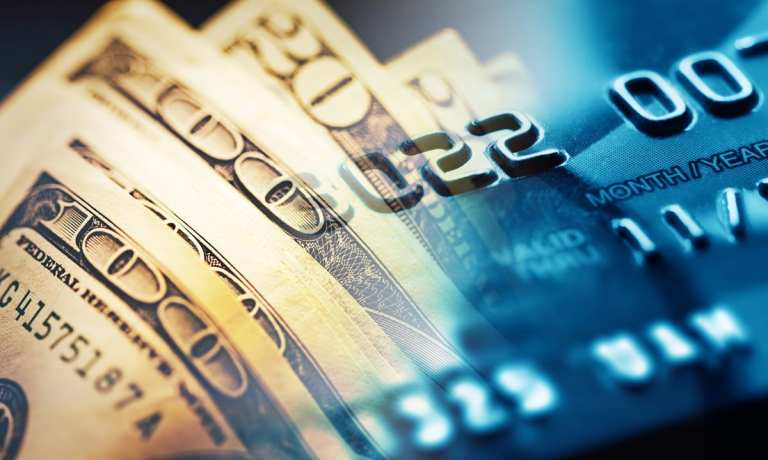
U.S. credit card debt dropped to its lowest point since 2017 as borrowing fell off in January for the first time since August, the Associated Press reported.
The decline in credit card borrowing offset overall borrowing gains in vehicle and student loans, according to a Federal Reserve report, per AP. The Fed indicated that consumer borrowing dropped $1.3 billion two months ago, the first decline since August’s $9 billion drop.
Consumer borrowing — a metric that accounts for two-thirds of the country’s economic activity — measures the average person’s willingness to finance spending, AP said. The COVID-19 pandemic caused many people to increase savings and spend less as the economy remained shaky.
January’s decline in borrowing indicates that total consumer credit dropped 0.4 percent to $4.18 trillion, according to the report. The report doesn’t include mortgages or loans using property as collateral. Auto and student loans went up to $8.6 billion in January, following a December 2020 increase of $11.6 billion.
“We expect growth in consumer credit … will accelerate in the months ahead as spending springs back to life in response to a healing labor market and more fiscal support,” Nancy Vanden Houten, senior economist at Oxford Economics, told AP.
The decline was likely driven in part by consumers’ decision to pay down debt with December’s $400 stimulus rather than spend it, she said.
A different Fed report showed an uptick in new jobs, with 379,000 added last month, the highest number since October, per AP.
Less consumer spending caused consumer debt to drop to $14.27 trillion at the end of June, the lowest since 2014. Consumer credit card balances dropped to $76 billion in August. Unemployment benefits and hours worked by employees remained stable, but spending at gas stations and restaurants fell sharply.